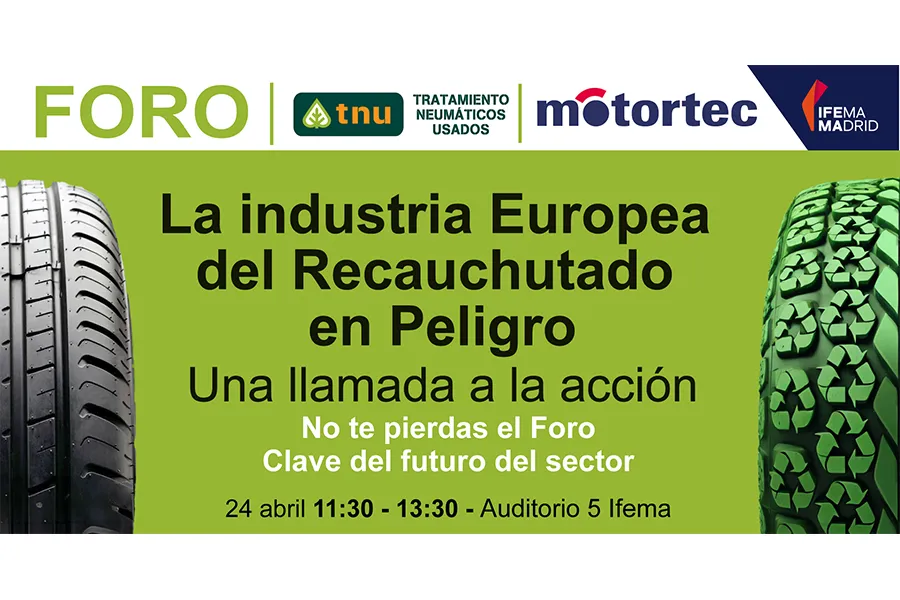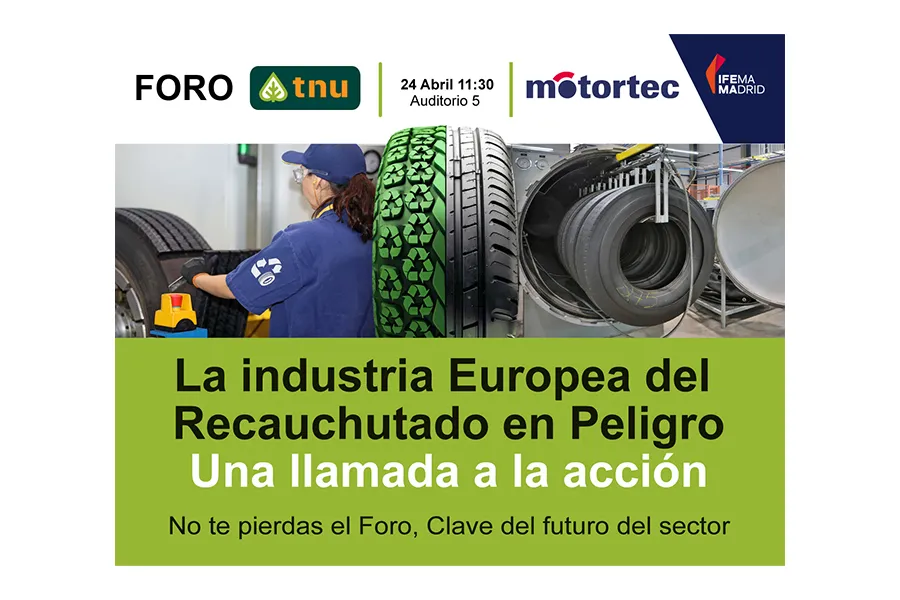On the 15th of April, the European Commission published new guidance documents to reduce the administrative burden and to facilitate the implementation of the EUDR.
European Commission Issues Updated Guidance on EUDR
As part of the simplifications the European Commission confirmed that casings are now outside of the scope of the regulations, whereas retreads are only in the scope of the regulations for “new rubber parts” such as tread rubber.
The clarification in the European Commission’s EUDR Frequently Asked Questions Document reads as follows:
“2.8.1 Are tyre casings or carcasses of retreaded tyres subject to the Regulation? (NEW)
In a draft Delegated Act put forward by the Commission, it is proposed that used tyre casings and carcasses (generally used for retreading tyres) are out of the scope of the Regulation, whereas retreaded tyres are in the scope only for the new natural rubber parts, such as the tread, applied to the carcasses and casings.”
As mentioned in the excerpt above, the simplifications introduced will be complemented by a Delegated Act and addedly according to the European Commission will “avoid unnecessary administrative costs for economic operators and authorities.”
Vittorio Marangoni, the President of Marangoni SpA commented on the updated guidance exclusively to Retreading Business, “This is great news for tyre retreading and the circular economy of tyres. For the first time in several years, the retreading industry is being considered once again. While it’s only a first step, we hope it’s a promising sign for the future of EU regulatory processes.
“For too long, we’ve witnessed the implementation of regulations that overlook smaller industries and environmentally friendly practices simply because these companies are too small to make their voices heard. A big thank you to everyone actively working to raise awareness and drive positive change. Although the EUDR remains an inaccurate regulation for the tire and rubber industry and its benefits are still unclear, this modification is a step toward making it more appropriate.”







